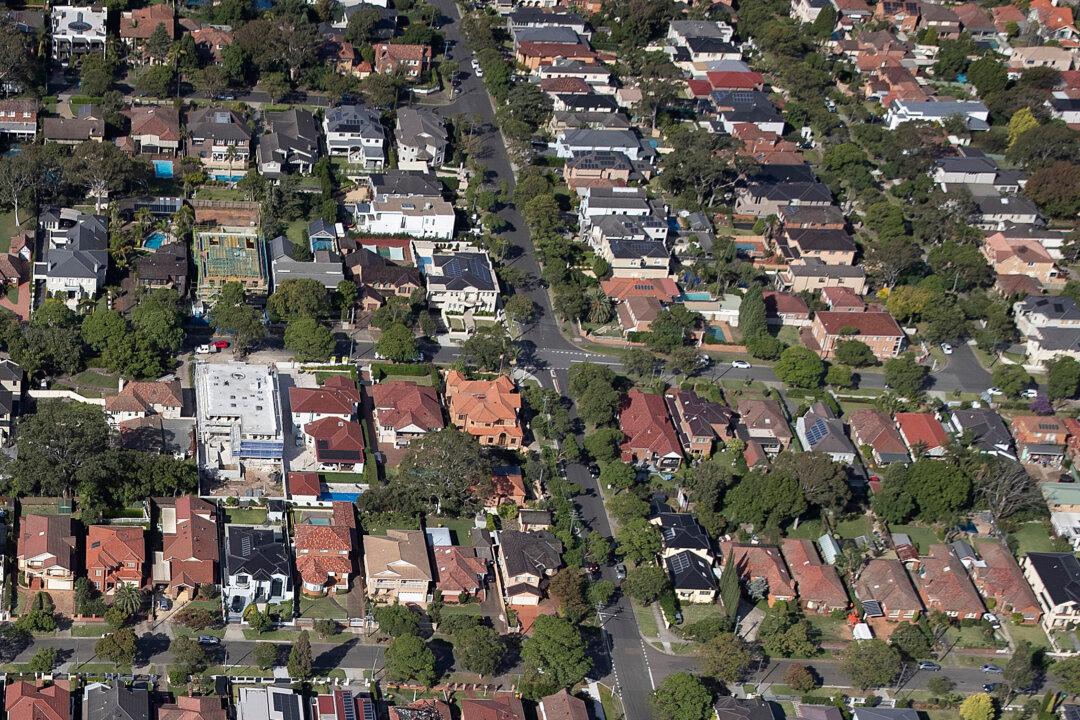The Australian Prudential Regulation Authority (APRA) has announced long-expected changes to home loan lending rules to cool the property market.
In a letter to lenders on Wednesday, APRA said they expect lenders to increase their serviceability buffer, which banks use to assess a borrowers’ ability to repay the loan, from 2.5 percent to 3 percent.





